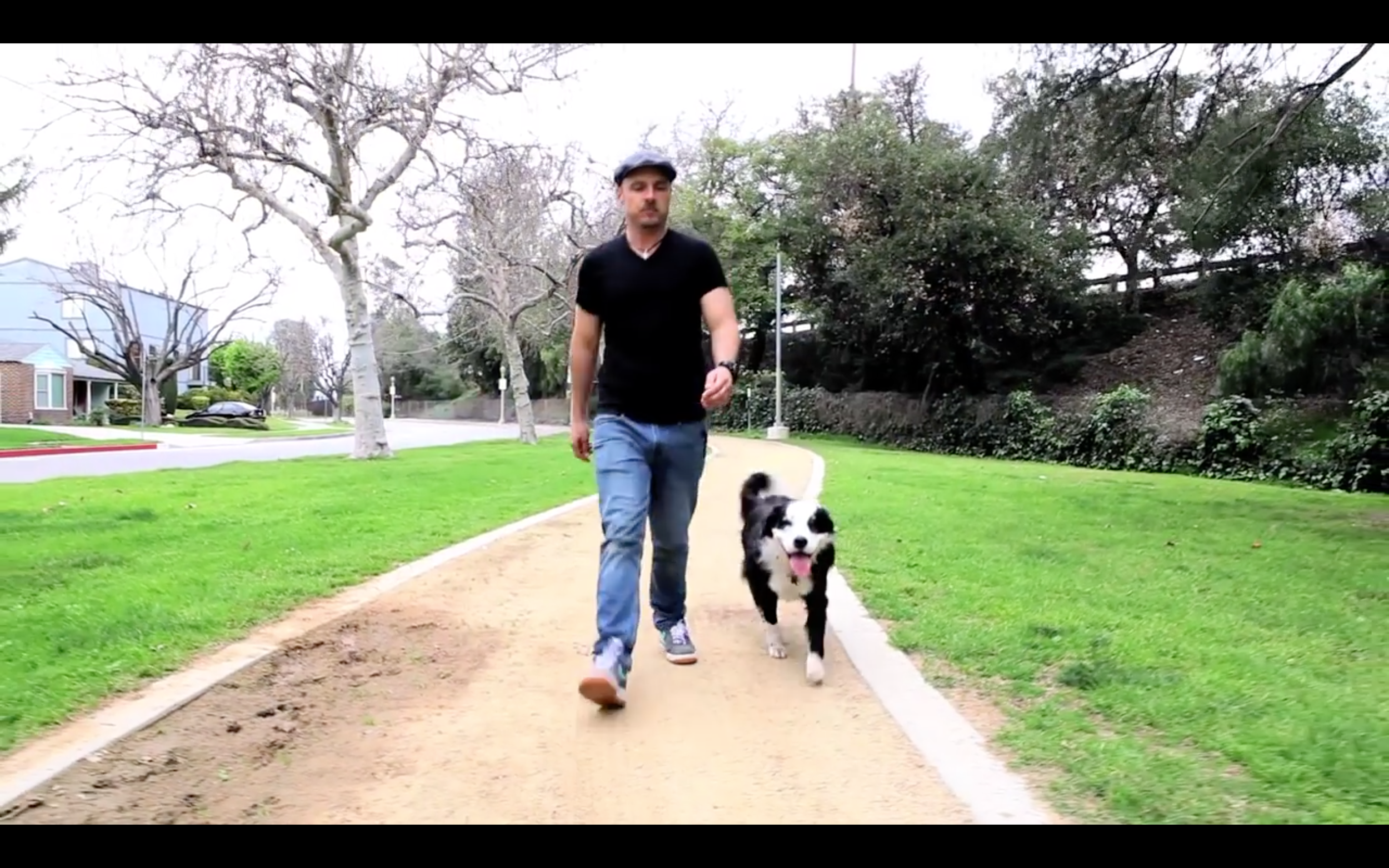Animal to Animal
By Sean O'Shea
Even with all the high falutin training tools and time tested training approaches, there's still one factor that is the wild card. The one factor that can often override tools and techniques: the animal in you.
Even though we like to think of ourselves as operating from (and in) a higher place - a place of intellect and complex problem solving - when it comes to living and interacting with our dogs, even great tools, techniques, and smart minds can be overridden and ignored when there's an animal to animal imbalance.
Here's how it works: Your dog is taking in all the information you're sharing. You're asking him to heel, to place, to recall, to listen, and if you're using good tools and techniques, you'll share consequences for your dog breaking established and known rules. But all these commands and consequences are only part of the conversation you're sharing.
You're also sharing who you are fundamentally. The animal in you, all the time.
And if the animal in you is softer/weaker (nervous, insecure, anxious, fearful, unsure, overly-soft, lacking confidence, or emotionally needy) than your dog's animal (who might be confident, assertive, pushy, strong-willed, secure, certain), you can run into serious problems.
Sometimes the imbalance is that the human is seriously compromised in the elements listed above, and the dog takes advantage, and sometimes it's simply a matter of poor luck. This occurs when a seriously assertive dog shows up in your life. And of course there are all sorts of degrees in between.
Dogs, like kids, will push what are obviously weak boundaries - because we're all programmed to push them to see how strong/dependable/safe they are. The parent can't be weaker than the child, attitude wise, and expect to have the child listen, respect, or adhere to the parents rules and guidance. And so it is with dogs as well.
All the best parenting tips in the world won't create a respectful relationship if the parent isn't able to muster a believable, fundamental strength and balance that the child can buy into. Same with our dogs.
When I see owners who struggle with dogs that flourish with other handlers, (and if the owners have been sufficiently educated on tools and techniques), I know that there's an imbalance that the dog is perceiving. A fundamental animal to animal imbalance.
And that's the final, and usually the most challenging frontier. To do the hard work of resolving and shoring up our own inequities - the stress, the anxiety, the lack of self-confidence, the uncertainty, the worthiness issues, the emotional holes that make us needy - so we can present a believable and strong enough animal to our dogs, so that listening to us makes sense.
______________CONNECT WITH US ON Facebook, Twitter, Instagram, YouTube for more training insights, tips, our free weekly Q&A Saturday, and community interaction!Our groundbreaking do-it-yourself E-Collar training video/PDF training guide Learn to Train The Good Dog Way: E-Collar Training is now available for order! Click HERE to order your copy!
CLICK THE PICTURE BELOW TO WATCH THE DVD TEASER!


